My name is John Nettles and I’m an aspiring wildlife biologist from Austin, Texas. I was 10 years old when I first saw a wild bear on a family vacation in Alaska and have not lost interest since. On a trip to Glacier National Park a few years later, we spotted a grizzly on the first day and it only furthered my passion. The fear and reverence present throughout the park has stuck with me and inspired me to learn more about these amazing creatures and their interactions with visitors. The history, power, and elusiveness that surrounds them continues to fascinate me and the growing controversies over hunting, livestock predation, and delisting only inspire me more. I am interested in how wildlife managers, private land owners and individual citizens can cooperate to develop effective management strategies for grizzly bears; the Waterton Park Front Project and the Blackfoot Challenge being great examples of this.
After graduating high school, I spent the summer working in Yellowstone National Park as a member of the Youth Conservation Corps. We would spend a week at a time in the backcountry working behind the scenes to keep the park safe for visitors and the resident wildlife through trail maintenance, removal of invasive species, bumper log installation, and even pouring asphalt for a sidewalk. After returning home from Yellowstone, I packed up all my things and moved to Missoula, Montana to start school at the University of Montana and pursue a degree in wildlife biology.
- A fellow corps member and me (foreground) building check dams to minimize trail erosion.
- My girlfriend, Emma, and me with my dog, Dixie
- Brutus and me on my last day at the Montana Grizzly Encounter.
- A few of my favorites
I spent the next summer working at one of the coolest places on Earth: the Montana Grizzly Encounter, a rescue sanctuary and education facility based out of Bozeman, Montana. They house 5 rescued grizzly bears ranging from 3 to 31 years old and rescued from situations equally as diverse. While working as an intern, the bears got to know me as I got to know them and their personalities. Few people are aware of their remarkable intelligence (and stubbornness) and our goal as educators was to have visitors leave with not only a better understanding of bear safety but a greater appreciation for these amazing creatures as well. One of my favorite stories is how the youngest bear (Bella) attracts attention. She loves to play with her food, like most toddlers, but her favorite game is what we liked to call “fishing.” She’d toss an apple or something into the walkway so we would see it and give it back to her. But as soon as we left her sight, she’d just push it right back out and wait for us to come back. Being able to witness things like this or their expressive faces, the games of tag and hide and seek they play, or even their picky diets made this experience one that I will never forget.
This past spring I graduated from the University of Montana with a Bachelor’s degree in wildlife biology and a minor in statistics. Since graduation, I have moved back to Texas and begun work as a veterinary technician. I plan to someday pursue both a Master’s and a PhD in wildlife biology and work as a bear manager in the northern Rockies. I’m extremely excited to work with PDXWildlife this winter as I learn more about animal behavior and a species of bear that’s totally new to me. China will be a huge change from Montana but it’ll certainly be a once in a lifetime experience.
_____________________________________________________________
We’re glad to have you in our program, John. Your passion for wildlife is seen in your writing and your past experience. I hope you have a great time getting to know the pandas and maybe you will find your black and white “brutus”.

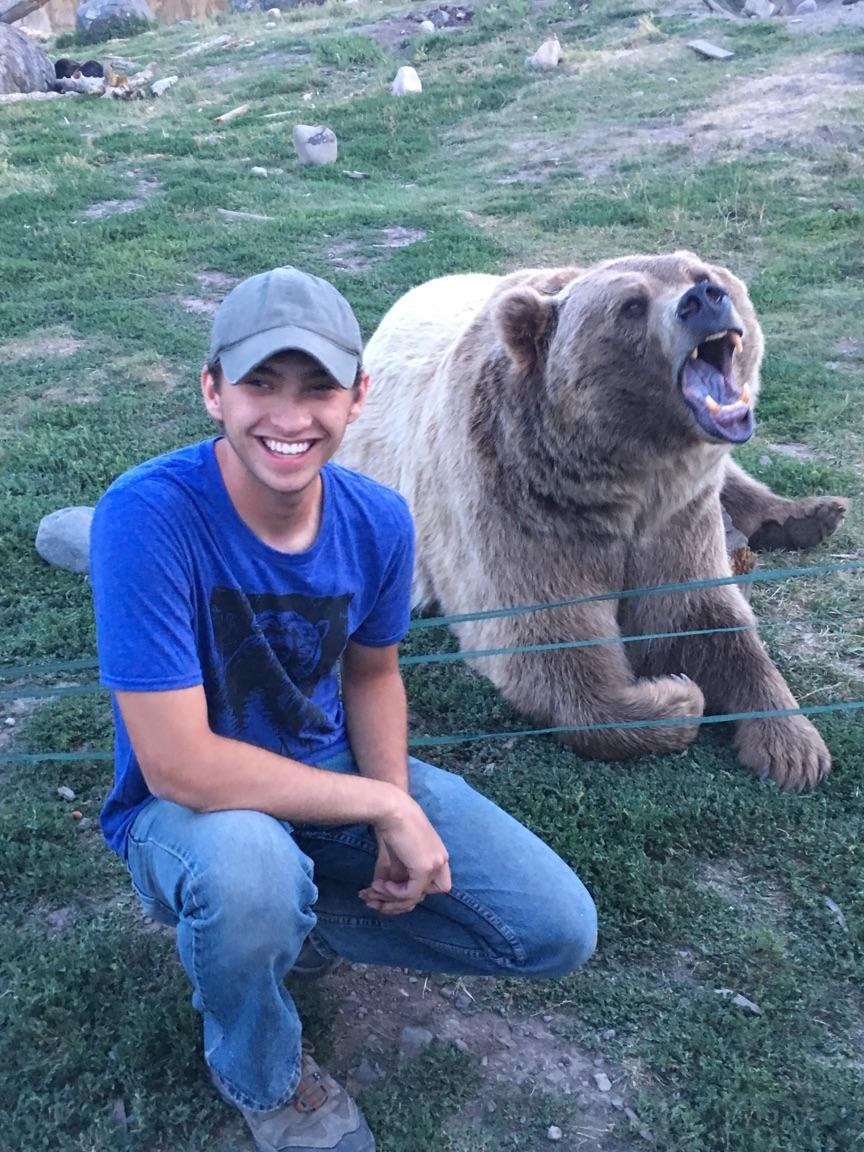
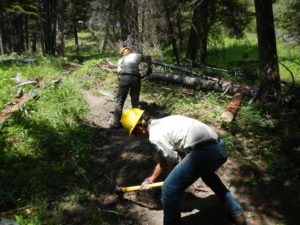
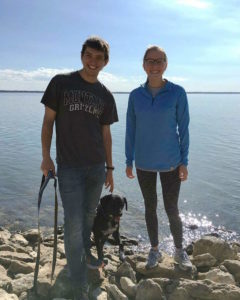
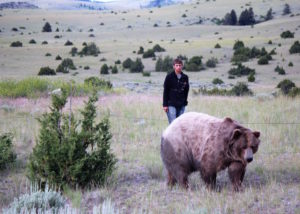
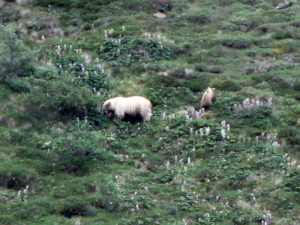
帅哥
Good luck, John – can’t wait to read about your adventures with my beloved pandas! I love Yellowstone and Zion National Parks! CCRCGP and Denali are on my bucket list! You are right, China is a far cry from Montana but love for Nature has no language or culture barrier! Wishing you well! I’ll bet when your internship is over you will love the pandas as much as I do and be a 100% certified PANDANUT!
Sincerely, JoAnn
Welcome to pandaland, John–it will be interesting to hear your observations about similarities and differences between grizzlies and pandas, who can also be picky, stubborn, playful and downright goofy. Best of luck on your internship!